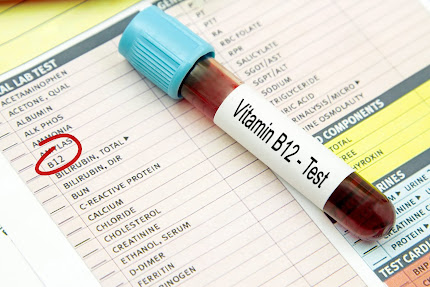LIFE EXTENSION: SIMPLE STRATEGIES
LIFE EXTENSION: SIMPLE STRATEGIES
Adopting a more active lifestyle at any stage of adulthood can significantly reduce your risk of dying from any cause, particularly from heart disease. According to a central review published by the British Journal of Sports Medicine, individuals who are consistently physically active lower their risk of death by 30–40%, while those who start being active later in life experience a 20–25% reduction.
The Evidence
The research analyzed 85 studies involving hundreds of thousands of adults, examining how physical activity patterns throughout adulthood impact overall mortality. While it has long been recommended to aim for 150–300 minutes of moderate exercise or 75–150 minutes of vigorous exercise each week, most earlier studies only considered activity at a single point in time.
This new analysis wanted to know: Does changing your activity level during adulthood—either ramping it up or letting it slip—make a difference in how long you live? The answer: Yes, and quite a bit.
Consistent activity was linked to the most significant benefits, but even people who became active later in life saw marked reductions in their risk of death from any cause. The drop in risk was extreme for cardiovascular disease compared to cancer.
Key Findings
People who were consistently active had about a 30–40% lower risk of death from any cause.
Those who increased their physical activity—starting from a level below the recommended amount—saw a 20–25% lower risk.
Even modest activity, below official recommendations, made a meaningful difference.
Individuals transitioned from inactive to active, where they were 22% less likely to die from any cause than those who remained inactive.
Increasing leisure-time physical activity is associated with a lower risk of mortality.
Conversely, people who became less active over time didn’t experience the same benefits, highlighting the value of maintaining an active lifestyle.
The benefits were most pronounced for heart disease. Those who stayed active, overall or in their leisure time, were 40% less likely to die from cardiovascular causes and 25% less likely to die from cancer, compared to those who were consistently inactive. However, the connection between activity and cancer-specific deaths was less clear and needs further study.
How Much Is Enough?
Meeting the recommended amount of weekly activity—either moderate or vigorous—was associated with the most significant risk reduction (30–40%). But even activity levels below these targets provided clear health advantages. In short, any movement is better than none.
Limitations and Implications
The researchers noted that most of the studies relied on self-reported activity, which isn’t always accurate. There were also fewer studies looking specifically at cancer deaths or the long-term accumulation of activity.
Despite these limitations, the findings underscore an essential health message: It’s never too late to move, and staying active over time is especially valuable. Interventions shouldn’t just target inactive people but should also support those who are already active in maintaining their activity.
Physicaactivitymains a cornerstone for healthy aging and reducing the risk of chronic disease. Even small increases in movement can add years to your life.




Comments
Post a Comment